Tips for hiking with your dog
For all dog owners, walking with their best friend is probably one of their favourite pastimes. In nature, you can escape from stressful everyday life and at the same time, shared experiences promote the human-dog relationship. At weekends or on holiday in particular, whole day trips are often planned instead of walks.
If you leave your local area to go hiking in nature and want to explore new regions, there are several things to bear in mind. In addition to various rules of conduct as a dog owner or seasonal variations, we show you what to look out for so you can experience a really wonderful adventure with your dog.
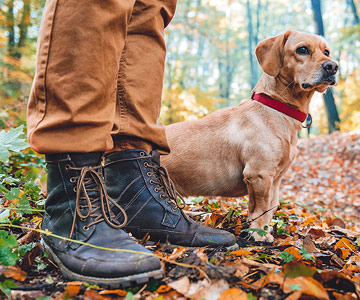
General tips and rules of conduct
Planning the route
In general, before embarking on a hike outside a region you know, it needs to be well thought through. First consider where you want to go and whether the journey is reasonable for your dog. The length of the hiking route depends not only on the fitness of the human, but also on that of the dog. This can vary greatly depending on breed and age and should be weighed up individually. If in doubt, discuss your plans with your vet in advance.
If you plan to stop for a break, it is advisable to find out in advance whether your four-legged friend can accompany you without any problems. If you prefer a picnic in nature, remember to bring enough provisions - for your dog too! For multi-day hikes with overnight stays in particular, these two points need good planning. Remember to take enough dog food with you.
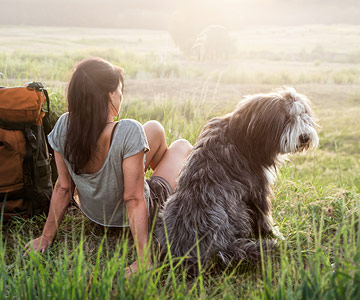
Hiking with your dog with foresight
Once the trip is planned, it's time to go. Especially on unfamiliar routes, it is important to keep an eye on the surroundings in order to act with foresight. Look out for game or herds of farm animals, for example. Should your dog's hunting instinct be triggered, you’ll be already prepared for the situation and can intervene. Also take note of whether and how the terrain changes so that you can put your four-legged friend back on the lead if necessary or guide them away from the sloping side.
Keeping your dog on the lead
In general, it should be a matter of course to keep your own four-legged friend on a lead. Be considerate of other walkers - with or without a dog. Because not everyone wants a strange dog to come running towards them. This also applies to very well-behaved dogs. Because by keeping your dog on a lead, you also protect your own dog from danger on the difficult sections.
Plan breaks
Even if your furry friend is a bundle of energy and has an almost tireless urge to move, breaks are important. Offer your four-legged friend water or little snacks that do not burden the stomach and give him the opportunity to rest for a short while.
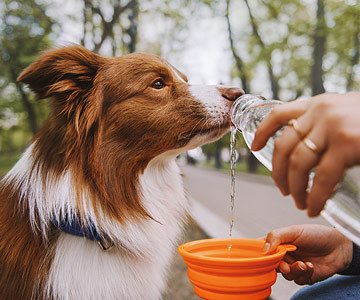
Seasonal variations
Depending on the time of year, there are also different conditions to consider:
Spring
The breeding and weaning season is probably a familiar term to every dog owner. It starts in spring and lasts until early summer. Depending on the federal state, there are different rules and periods during which they apply. In general, dogs should be kept on a lead. Even if it is not compulsory in every federal state, you are protecting the young animals and your four-legged friend at the same time. Because if your dog flushes out a few young pigs, it can quickly become dangerous for both the dog and you as its owner.
In addition to this, fields and vines are sprayed in late spring and summer to protect them from insect and parasite infestation. The spray is also not harmless to dogs. You should therefore avoid letting your dog run wild through the fields in this period in particular.
Summer
Even though we often wish for warm, sunny summer days, things are often different for our four-legged friends. Therefore, do not overload your dog in the heat and adapt walks or hikes to the weather. Select your route accordingly. It is often cooler and more pleasant for your dog in the forest or in valleys along a river.
Autumn
When the summer draws to a close, the hunting season begins. If your dog is particularly sensitive to loud noises such as gunshots, find out in advance when and where a hunt has been registered. Should you be caught off guard in an unfamiliar region, put your dog on a lead as quickly as possible. This will prevent your dog from running away in fear.
Winter
Even if the wintry snow flurries make you want to run and play around with your four-legged friend, make sure that your dog does not eat any snow in order to avoid so-called "snow gastritis". Take care of your dog's paws too. Roads and pavements are often gritted in the winter. Snow, ice and road salt put a strain on the pads of the dog's paws. After a walk in winter, wash the paws lightly with lukewarm water and rub the pads with an appropriate balm. Our SkinCare Wound and Healing Balm, for example, can be used for this purpose.
To be able to administer first aid to a dog in such a situation, we recommend that you also read our guide "First aid for dogs".
Product recommendation
The benefits of PLATINUM dog food
- PLATINUM uses a unique preparation method called FSG, which offers numerous advantages compared to conventional dog food.
- Dog food prepared with FSG is gently cooked only in its own meat juice and is therefore nutrient-rich like BARF, excellent for building muscles and also extra tasty for your dog.
- With at least 70% fresh meat in the dry dog food and 83% fresh meat or fresh fish in the wet dog food, PLATINUM places great value on a composition of the food that is adapted to the needs of dogs.
- The declaration and composition of dog food prepared with FSG is tested regularly and independently by ELAB Analytik GmbH (formerly TÜV SÜD ELAB) — for canine health protection.
- PLATINUM is generally very well accepted by dogs of all breeds and ages. Even four-legged friends with sensitive digestion or intolerances usually tolerate PLATINUM dog food well.
- All products are free of soya, GMOs and gluten. In addition, no flavour enhancers, attractants, odourants or colourings are used.
- Over 100,000 positive customer reviews at Trusted Shops speak for themselves!


 Deutsch
Deutsch
 English
English
 Nederlands
Nederlands
 Français
Français

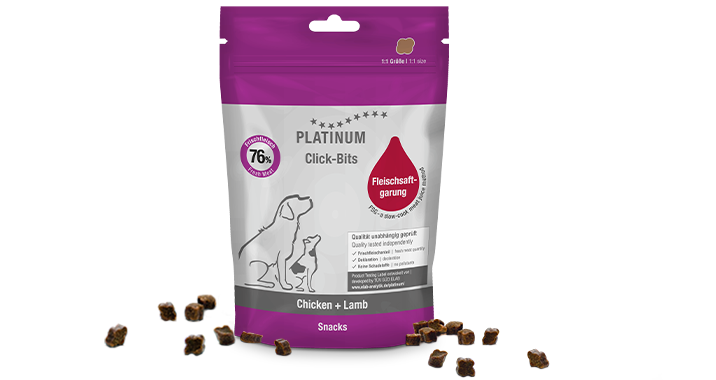
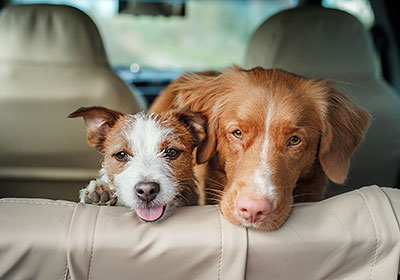
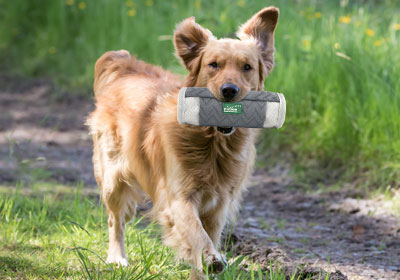
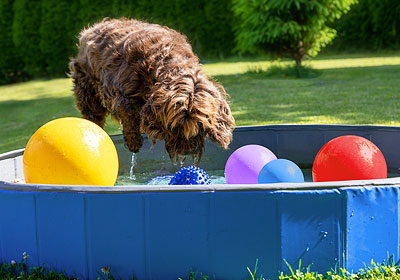
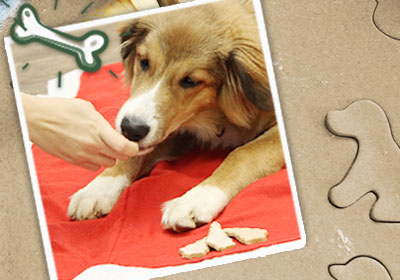
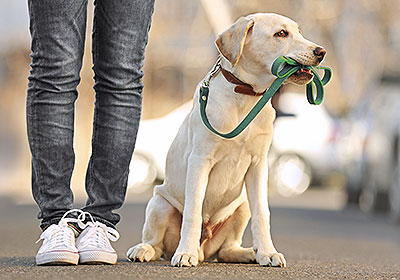

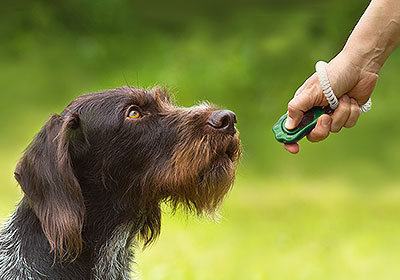
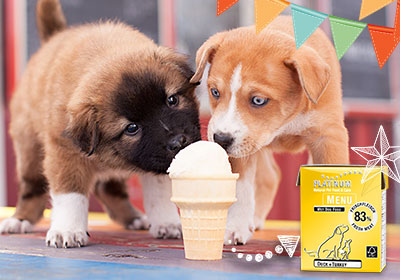
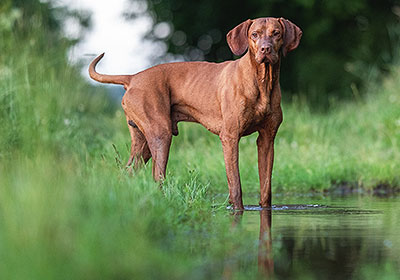
.png)
.png)
.png)
.png)